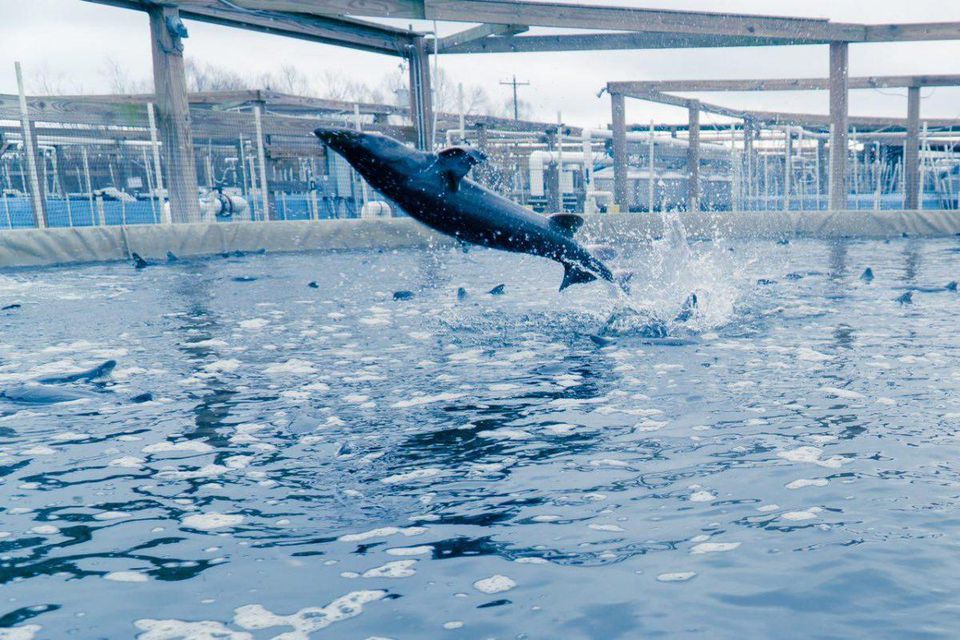by Jenny Splitter, FORBES
“For the last 35 years, we’ve been in the business of importing and distributing caviar,” begins Mark Zaslavsky, a Ukrainian emigre and an owner of Sturgeon Aquafarms, a Florida-based caviar aquaculture facility that counts the rare and prized beluga variety amongst its offerings.
Zaslavsky first got into the caviar business as an importer, when he opened what became a highly successful imported foods operation in Miami. But when the former Soviet regime began to crumble, Zaslavsky worried about Russia’s wild caviar supply.
His fears turned out to be correct, as overfishing and, later, poaching, led to a decimation of the sturgeon population from which the wild stocks have never fully recovered.
Beluga sturgeon are some of the oldest fish in existence, thought to be over 250 million years old. But these days, the Beluga species are critically endangered. In 2005, the U.S. Fish and Wildlife Service declared the sturgeon endangered and banned its import into the U.S.
Wild stocks of sturgeon remain mostly endangered even today, so most of the caviar harvested comes from sturgeon raised in aquaculture facilities, including several located in the United States.
Working closely with biologists, Zaslavsky and his partners decided to open their own aquaculture facility, recreating “the Caspian Sea in our backyard in Florida.”
Sturgeon Aquafarms is the only operation with a granted legal exemption to farm and harvest the rare Beluga caviar variety in the United States. The company has even had its caviar genetically tested to prove its stocks are identical to the Beluga from the Caspian Sea, despite their Florida habitat.
If anything, Zaslavsky says Florida helped speed things along. “We have to say thank you to the environment in Florida,” he quips, as fish grow faster there than in their native habitat in the wild.
“It took a few years to bring the sturgeon,” says Zaslavsky of the operation. “We brought broodstock of different parents and different generations so we could have a genetic pool for many years to come.” The shipments of live fish required 13 transatlantic flights from Europe to Miami, in fact, as they carried 55 original broodstocks of Belugas.
“We brought fish in the juvenile stage,” he explains, “so it took us almost ten years to grow fish from two kilos to 100 kilos.” The company also had to rebuild some of its structures after Hurricane Michael, which took the company a bit off its schedule. But Zaslavsky says they’re well-prepared for the future. “For the next 50 years,” he promises, “we [won’t need] any additional fish from the wild.”
Sturgeon Farms is a 120-acre facility built on a Bascom, Florida aquifer that borders Alabama and Georgia. Some residents objected to the facility when it was initially built, but Zaslavsky was eventually able to persuade town residents that the business would be respectful of the local waterways.
Sturgeon Aquafarms aims to be a sustainable operation, offering not only a commercial alternative to wild sturgeon caviar but also helping to repopulate wild stocks back in Russia. The company recently provided 80,000 fertilized eggs for release back to the Caspian Sea and has hopes to supply more in the future.
Source: FORBES

